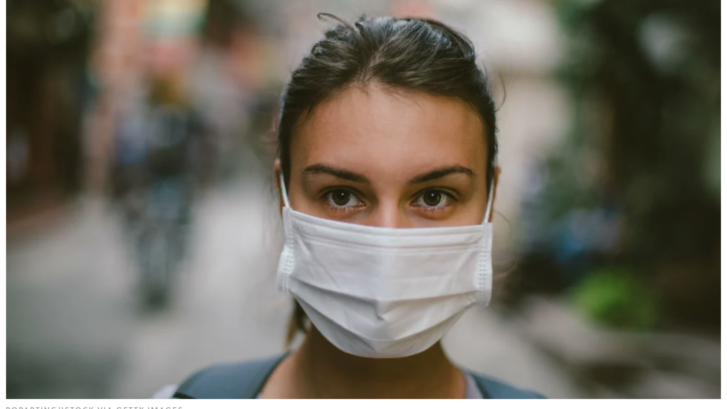Face Masks vs. the Coronavirus? Maybe Not
As the coronavirus continues to spread, along with the accompanying panic, face masks have been flying off the shelves. So maybe you think the best way to avoid catching it is to don a white mask.
Or maybe you know that, unless you’ve recently been to China, your real risk is catching the current flu virus, so you want a face mask to avoid that.
But our concierge doctors in Jupiter suggest you might want to rethink that strategy, because experts generally agree that face masks won’t do much to help the average person.
Two main types of masks
When it comes to manufactured face masks, there are two types available to the general public. Both are what the Centers for Disease Control and Prevention (CDC) calls “fibrous” in nature: constructed from flat, non-woven mats of fine fibers. How well a mask captures hazardous particles depends on fiber diameter, filter thickness, and “porosity”; that is, the ratio of open space to fibers.
The first type of widely available masks are the ones you see everywhere. Known as surgical masks, these are the loose-fitting, cheap, disposable masks used by the general public.
The second type are those worn by medical personnel. They are called N95 respirators, because they have been shown to filter out 95 percent of particles greater than 0.3 microns.
The main difference between the two is that surgical masks can be purchased online or at drugstores. The N95 masks must be fitted to the individual user, and the user trained in how to wear it properly. This means the mask must fit snugly, and removed and disposed of correctly.
Problems with surgical masks
There are several problems with the surgical masks used by the general public.
- Typically made of paper, they don’t filter as many particles as the N95 masks, and they also leave the eyes exposed.
- If they aren’t changed regularly, they could eventually begin to trap viruses that you then breathe in.
- If they are taken off, they must be treated as contaminated waste and disposed of, and replaced by a new mask. But many people take them off when they eat or drink, and then put them back on.
The biggest problem, however, with wearing surgical masks to fend off the coronavirus or the flu or any other virus is that they may give users a false sense of security, and they then may not take proper precautions like handwashing because they think they’re protected.
That’s the opinion of Dr. Charles Chiu, an infectious disease expert, who told CNN that “there’s no evidence that [wearing face masks] is going to help prevent” infection.
“That’s really not the nature of transmission,” he said. “That’s thought to be contact transmission—touching infected surfaces, touching the eyes and nose.”
Other experts say they may cut down on at least some of the viral particles traveling through the air, but they can still enter through the sides of ill-fitting masks or through the eyes.
“Wearing a mask walking around isn’t going to do any good, but if you’re in a situation where you’re highly exposed, a mask is helpful,” Colleen Kraft, associate chief medical officer for Emory University Hospital, told The Washington Post. “You may wear a mask when someone is going to cough directly on you or [in] a place with a lot of ill people.”
Medical experts say the real usefulness of wearing a face mask is if you yourself are ill, in which case it may keep you from spreading your contamination to others.
If you do choose to wear one, you should make sure it fits securely over your mouth, nose, and chin, and remove it by pulling by the straps around the ears, not by touching the mask itself.
What to do instead
As noted above, we in the U.S. should be far more concerned about the current flu going around than about the coronavirus.
“The three biggest risks to Americans: Number1, influenza, Number 2, influenza, Number 3, influenza,” Dr. Greg Poland, director of the Mayo Clinic’s Vaccine Research Group, told the Tribune News Service.
And the best way to protect against any virus is through thorough and frequent hand washing. The CDC recommends washing your hands often with soap and water for at least 20 seconds, or using an alcohol-based hand sanitizer that contains at least 60 percent alcohol if soap and water aren’t available.
Also avoid touching your eyes, nose, and mouth until after you’ve washed your hands, avoid contact with sick people, and disinfect objects and surfaces frequently using a regular household cleaning spray or wipe.
To prevent passing your illness to others, stay home when you are sick, and cover your cough or sneeze with a tissue, then throw it in the trash.
If you have any questions about any of these issues, don’t hesitate to contact us.

